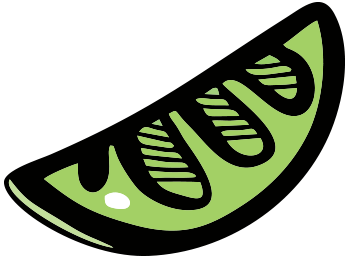Feeling inspired by The Biggest Loser?
ESSA urges Australians to exercise safely
January 20, 2014
The Biggest Loser has once again taken Australia by storm with over 753,000 viewers settling in to watch the first night of the gruelling weight-loss journey for the 11,000 people in one of Australia’s most obese towns, Ararat, Victoria.
The town, where 68 per cent of the adult population are overweight or obese, will certainly test the Biggest Loser formula and Exercise & Sport Science Australia (ESSA) Executive Officer Anita Hobson-Powell hopes the series will provide viewers with inspiration to start their own fitness and weight loss programs.
“Putting the spotlight on getting Australians fit and healthy and, where required, losing weight is certainly a positive outcome and if The Biggest Loser gets people off the couch and starts changing habits, we’re very supportive,” said Ms Hobson-Powell who heads up Australia’s largest accreditor of Exercise Physiologists.
“But 14 million Australians are obese or overweight and what they really need to know is where to start. There’s more to the weight-loss journey than what you see on TV and going headfirst into an intense exercise routine can be detrimental to your health, even dangerous.”
“So the message is — be inspired but be responsible. We encourage people to do some simple self-assessment steps before taking on an extreme exercise regime. The first priority must be to exercise safely and to change habits in the long-term to ensure the weight stays off once they get to their goal.”
Ms Hobson-Powell said while contestants on the Biggest Loser have access to a professional team of experts to guide them through their exercise program, the risk is that those trying to achieve the same results at home are susceptible to injury and over-exertion.
“We would always recommend a gradual increase in activity particularly if one is going from a very sedentary lifestyle to incorporating high levels of physical activity. The show doesn’t necessarily reflect the assessment that individuals would undergo to review their health history and to ensure they are physically able to cope with the stringent exercise regime they undertake,” said Ms Hobson-Powell.
“The good news is that those who wish to lose the kilos don’t have to do so alone. People who suffer from a chronic disease or condition may be eligible to access four visits a year with an accredited exercise physiologist through Medicare. You can discuss your eligibility with your GP.”
“Rebates are also available through health funds for members to see an Accredited Exercise Physiologist. This will provide the basis for a safe and manageable exercise routine, taking into account personal health history, the reasons for being overweight in the first place and what time of exercise will achieve the desired outcomes.”
“Let’s hope 2014 sees some positive change to Australia’s obesity statistics.”
To find the nearest accredited exercise physiologist visit www.essa.org.au.
Top tips to get started
1. What are your goals and are they reasonable? Setting and achieving smaller goals along the way serves as motivation to continue along the weight-loss journey. Monitor yourself and set rewards at interim milestones – anything other than food!
2. Determine how many hours a week you are prepared to commit to exercising and lock them in. Make them non-negotiable and where possible find someone to join you at those times to help you stay committed. ESSA’s recommendation is two-and-a-half hours per week.
3. Find the exercise that works for you. The “bootcamp” approach used on The Biggest Loser does not work for everyone – yelling and abuse is not necessarily a long-term solution and can put many off exercising in the first place. If you enjoy the exercise you do and incorporate some variety, you’re more likely to keep doing it.
4. Just because it doesn’t hurt, doesn’t mean it’s not working. There are many low-impact exercises that strengthen your muscles and improve fitness such as yoga, pilates and Tai Chi. – explore your options and make the decision that’s right for you.
5. Give your body time to recover. While it’s tempting to overdo it in the first few days when you’re the most motivated, ensure you give your body the time it needs to recover so you don’t fail to meet your goals early on.
6. Do you have a medical history or aches and pains that should be considered before you start exercising? Remember, prevention is much easier than dealing with injuries once they occur. If you need help, you may be able to access the help of an Accredited Exercise Physiologist through Medicare with a referral from your GP.
// Ends.
For further media information, please contact Maya from Fresh PR & Marketing on 0410 109 102 or email maya@freshprm.com.au.
ABOUT ESSA
Exercise & Sports Science Australia (ESSA) is the peak professional body for exercise and sports science in Australia and provides national leadership and advocacy on key issues. It supports its 3,500-plus members and the community through fostering excellence in professional practice, education, training and research.
Website: www.essa.org.au
Official media spokesperson for this release:
Anita Hobson-Powell
Executive Officer
Exercise & Sports Science Australia (ESSA)
327 Sandgate Road Albion QLD 4010
E: Anita.Hobson-Powell@essa.org.au
P: 07 3862 4122
M: 0400 519 800
[nggallery id=51]


